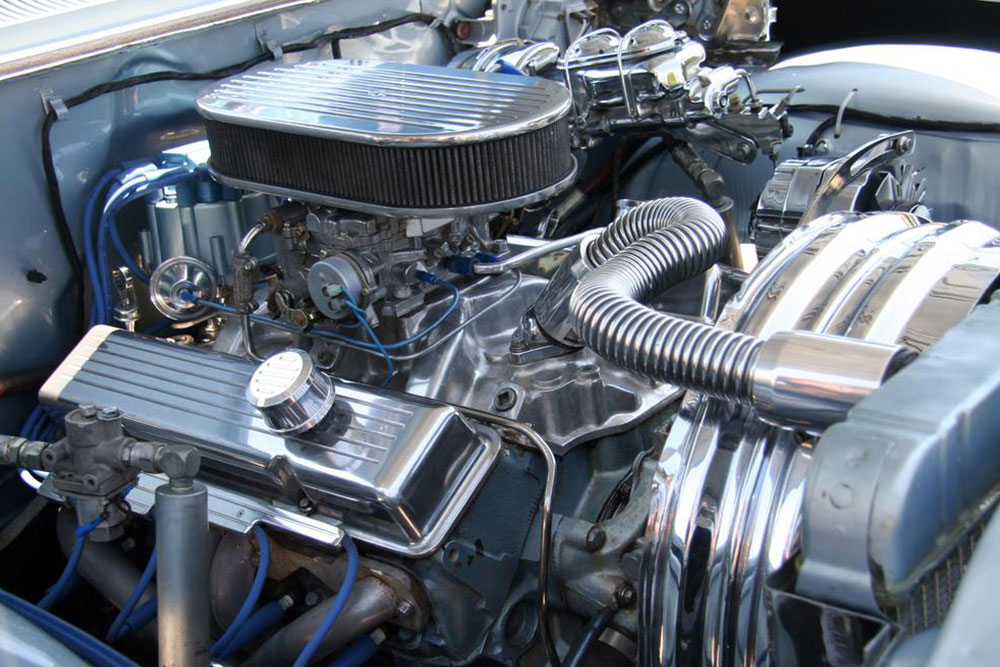In-Depth Auto Parts Inventory Management: Strategies for Success
Explore comprehensive strategies for auto parts inventory management, including software solutions, centralized systems, and operational best practices to ensure optimal stock levels, reduce costs, and improve customer satisfaction. Learn how industry leaders implement these techniques to stay competitive in a growing auto parts market.

In-Depth Auto Parts Inventory Management: Strategies for Success
As the automotive industry continues to expand, the demand for auto parts has surged, resulting in a booming market filled with numerous online auto parts retailers. These businesses are rapidly growing by focusing on offering competitive prices, lightning-fast delivery, and an extensive product range. Many operate exclusively online, without physical storefronts or traditional storage facilities, allowing them to keep overhead costs low and operate with smaller teams. To stay competitive in such a fast-paced environment, these companies rely heavily on advanced information technology solutions that streamline their operations, improve inventory accuracy, and maximize profits.
Efficient inventory management is at the core of success for online auto parts sellers. A robust inventory control system ensures that stock levels are optimized — enough to meet customer demand without overstocking, which ties up capital and increases storage costs. It involves real-time tracking of parts, automated alerts for low stock levels, and seamless coordination between different sales channels and warehouses.
One of the key components in managing auto parts inventory efficiently is a centralized inventory system. Such systems allow multi-location businesses to maintain a unified view of stock levels, streamline order fulfillment processes, and prevent discrepancies across various warehouses or sales channels. Modern platforms like Finale Inventory provide real-time monitoring capabilities, connecting with third-party logistics and shipping services like ShipStation to facilitate order tracking and dispatching seamlessly. By integrating with OEM (original equipment manufacturer) databases, these systems can automatically update new part numbers and track inventory changes, even when manufacturers introduce revisions or new versions of parts.
Product bundling, kits, and set management play a vital role in inventory control, especially when items are often purchased together. Automation ensures that stock levels for entire kits are appropriately managed, preventing situations where one component runs out of stock while the rest remain available. This not only enhances customer satisfaction but also boosts sales efficiency.
For instance, Pro Count West Company, with over 35 years of experience, specializes in providing accurate and professional physical inventory services for auto dealerships. Their approach involves discreet counts conducted during off-hours or low-traffic times, minimizing operational disruptions. Led by dedicated account managers and supervised by ownership, their team ensures precise inventory data, helping clients reduce shrinkage and improve overall inventory accuracy.
Meanwhile, businesses like Auto of Sterling Heights focus on used auto parts—salvaged directly from vehicles with easily accessible parts on stands for quick identification. Their daily-updated inventory system allows staff to locate parts swiftly by vehicle make, model, year, and color, covering a wide range of vehicle types. Such extensive procurement capabilities enable them to offer a comprehensive inventory, meeting various customer needs efficiently.
Overall, effective auto parts inventory management combines sophisticated software solutions, centralized data systems, and skilled operational procedures. Together, these elements ensure that online auto parts retailers can reliably meet customer demands, reduce waste, enhance workflow efficiency, and stay ahead in a competitive marketplace. As technology advances, these systems will only grow more integrated and intelligent, providing retailers with the tools they need for ongoing success in the auto parts industry.





